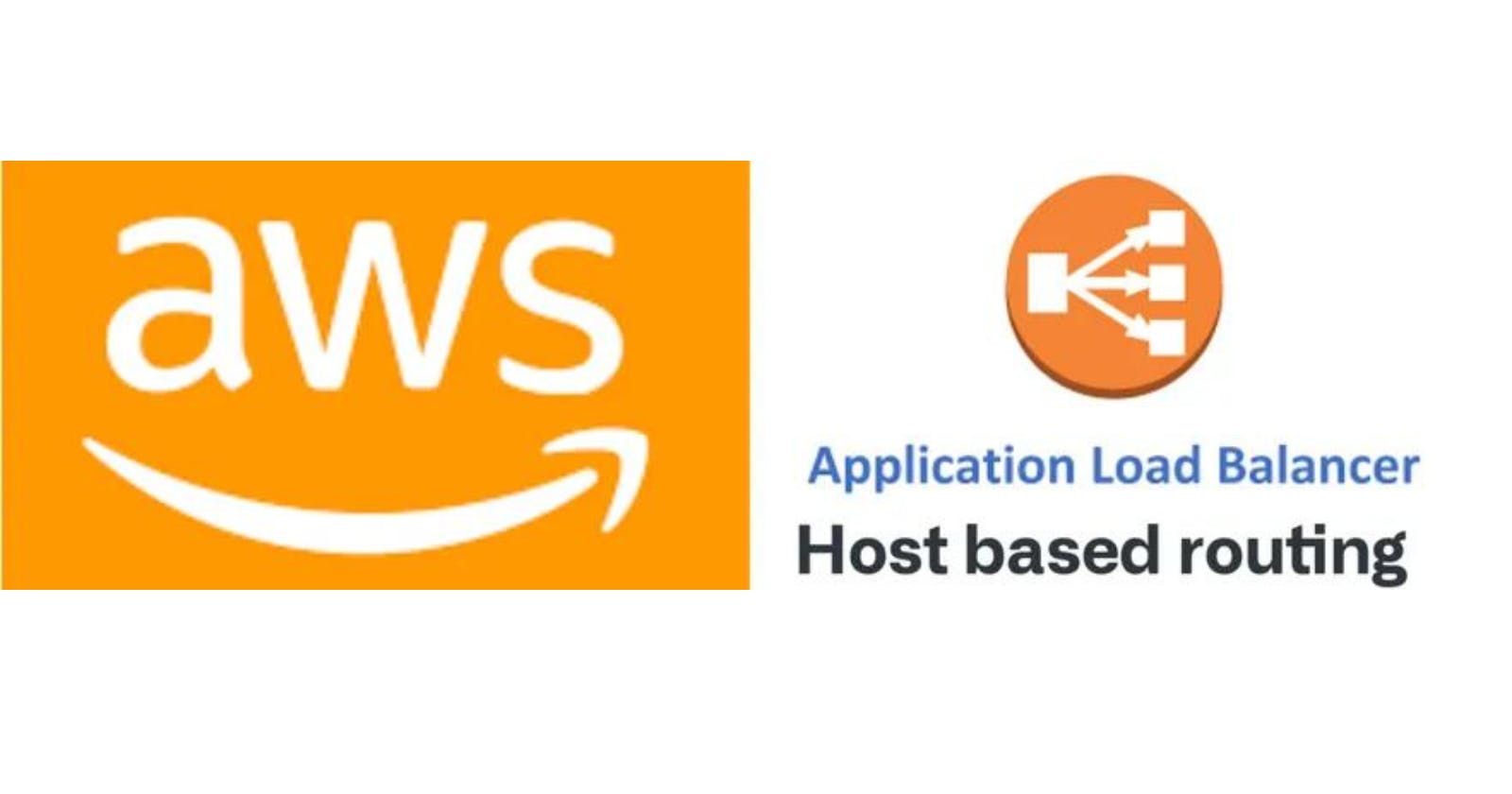Introduction
In the dynamic landscape of cloud computing, AWS Elastic Container Service (ECS) and Application Load Balancers (ALB) stand out for their flexibility and scalability, especially when deploying containerized applications. A key feature enhancing this capability is ALB's host header-based routing, which directs traffic to different target groups based on the host field in the HTTP header. This article delves into how integrating host header-based routing with ECS services, particularly using the Fargate launch type, offers a cost-effective and efficient solution for managing web traffic.
Host Header-Based Routing Explained
Host header-based routing allows ALBs to listen for and route requests to specific target groups based on the domain name in the HTTP request header. This means a single ALB can handle traffic for multiple domains, directing it to the appropriate backend services. Configuring host header-based routing involves defining listener rules in the ALB that match the host field in incoming requests and map these to the correct target groups.
Integration with ECS Fargate
AWS ECS supports the deployment and management of containers, with Fargate providing a serverless compute engine for containers, eliminating the need to provision and manage servers. By attaching an ALB to ECS services running on Fargate, you benefit from efficient load distribution and the agility to scale services in response to incoming traffic, while Fargate abstracts away the underlying infrastructure management.
Advantages of Host Header-Based Routing
Cost Efficiency: Utilizing host header-based routing with ALB reduces the need for multiple load balancers, as a single ALB can manage traffic for multiple domains, significantly cutting down on costs.
Scalability: This approach allows for seamless scaling of applications in response to traffic demands, ensuring high availability and performance without incurring unnecessary costs.
Simplified Management: Managing traffic routing through a centralized ALB simplifies the architecture, making it easier to maintain and monitor, thereby reducing administrative overhead.
Improved Security: ALB facilitates the implementation of advanced security features, such as SSL/TLS termination and AWS WAF integration, at the load balancer level, enhancing the overall security posture of your applications.
Real-World Use Cases
In practice, host header-based routing is invaluable for organizations hosting multiple web applications or services, each requiring its domain name but wanting to minimize infrastructure complexity and costs. It's particularly beneficial for microservices architectures, where each service can be independently scaled and updated.
Conclusion
Host header-based routing in AWS ALB, when combined with ECS services using the Fargate launch type, offers a powerful, cost-effective solution for managing web traffic across multiple domains. This setup not only optimizes resource utilization but also simplifies operational management, making it an attractive option for businesses looking to leverage the scalability and efficiency of cloud-native technologies.
